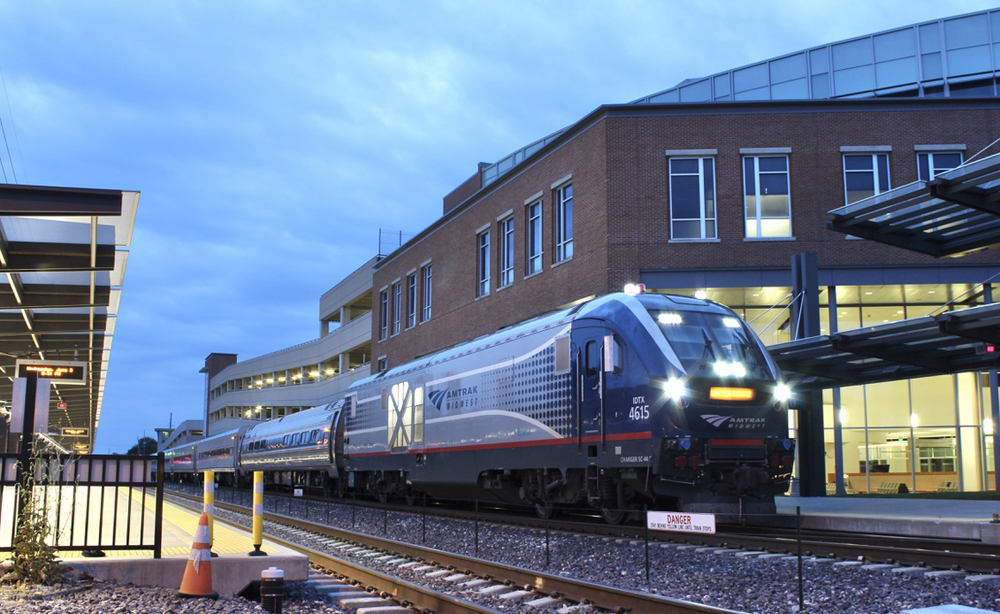
CHICAGO — New schedules for Amtrak’s Lincoln Service trains will take effect June 26, and are expected to shave approximately 15 minutes off current travel times to reflect 110-mph operation on portions of the Chicago-St. Louis route.
The new schedules — not yet available on Amtrak’s website as of 7 p.m. today (June 12), but described in a passenger service advisory — also include a revised departure time from Chicago for one of the four southbound Lincoln Service trains, slight changes for two northbound trains from St. Louis, and adjustments for Texas Eagle departures in the two cities.
“After many years of construction and testing for a nearly $2 billion investment, I couldn’t be happier to announce that our transition to 110-mph rail service for the Lincoln Service trains has been completed,” Illinois Gov. JB Pritzker said in a press release.
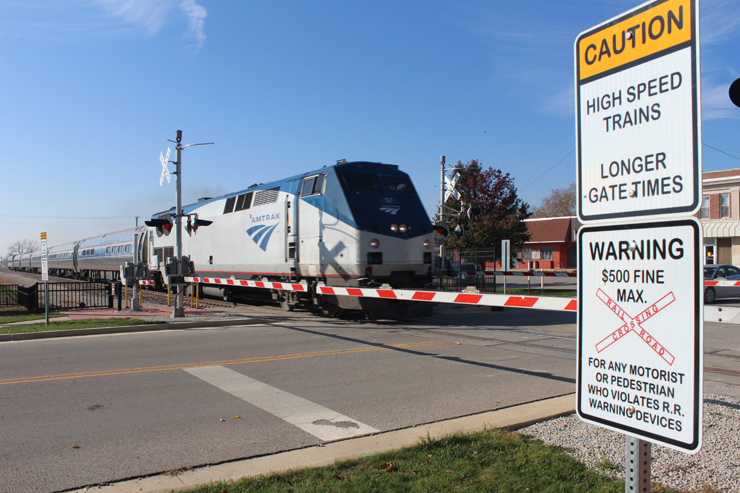
The revised schedules are the long-awaited payoff for an infrastructure upgrade process that has cost $1.96 billion and taken more than 20 years, but struggled to reach its final goal because of challenges in developing a train control system. Trains actually began 110-mph operation in May, but schedule changes have been held back to ensure the current system was operating properly and to provide an opportunity to monitor actual travel times between stations [see “Chicago-St. Louis trains begin 110-mph running,” Trains News Wire, May 3, 2023].
Along with the development of the train control system, the project required installation of four-quandrant gates and loop detectors at grade crossings; closure of 39 crossings deemed at risk; installation of pedestrian gates and fencing; complete rehabilitation of the Union Pacific Railroad roadbed; and construction of additional passing sidings with high-speed turnouts.
Project funding has included $1.66 billion in federal money, primarily through an American Recovery and Reinvestment Act grant in 2010, as well as $300 million in state and non-federal funds. Speeds were first raised from 79 mph to 90 mph in 2020 and 2021; the new schedules will shave about 30 minutes off the schedules under 79-mph operation.
“The Lincoln Service line is a critical element of our state’s transportation network,” U.S. Sen. Tammy Duckworth said in a release from the state’s two senators, “and I’m so pleased to see the results of critical federal funding to improve the lives and travel options for Illinoisans.” Sen. Dick Durbin called the new schedules “a major step in modernizing rail services” and said, “Making high-speed rail, and today’s schedule changes to Lincoln Service trains, happen has long been a priority of mine. I’m pleased to see the federal grants brought home to Illinois are making a true impact in the lives, and travel, of the people of Illinois.”
Amtrak President Roger Harris said in a statement, “The IDOT/Amtrak/UP team has delivered travel times that will make a real difference to our customers: less than 2 hours from Chicago to Bloomington-Normal and shorter than 3 hours to Springfield, with end-to-end St. Louis-Chicago schedules of under 5 hours.”
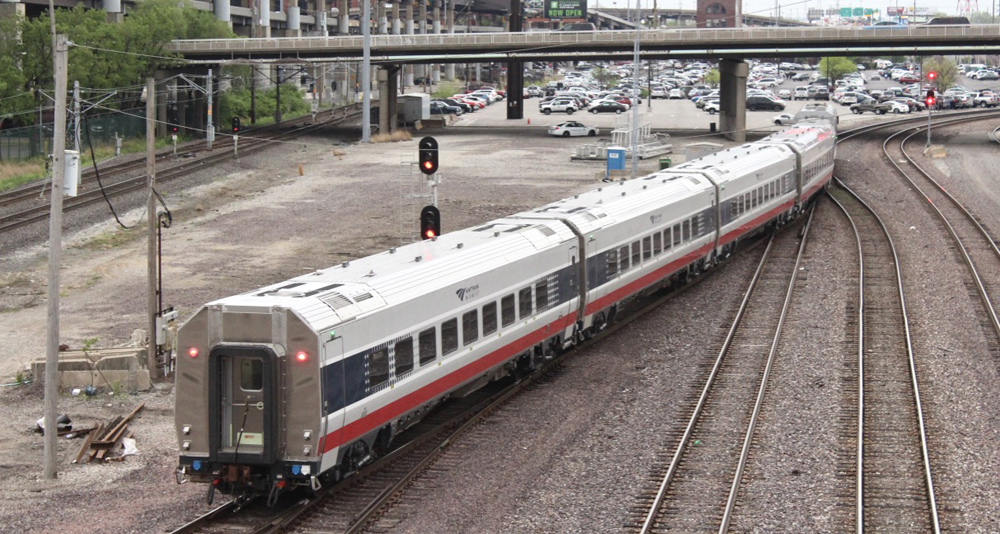
Harris said the new schedules are part of a “full makeover” of the Lincoln Service corridor that also includes new equipment. Illinois is part of a group of states that ordered 33 Siemens Charger locomotives and 88 Siemens Venture passenger cars for use on state-supported passenger routes in Illinois, Michigan, Missouri, and Wisconsin. The locomotives had been in operation since 2017. While introduction of the passenger cars have been delayed a series of production and acceptance issues [see “More Midwest Venture cars enter service …,” News Wire, April 14, 2023], the Illinois Department of Transportation says more than 50 are now in revenue service.
The lone Lincoln Service train from Chicago that will see a new departure time under the revised schedule is No. 319, which continues on to Kansas City as a Missouri River Runner. It will depart Chicago Union Station 20 minutes later than its current 9:30 a.m. start. In the opposite directions, trains 300 and 306 will continue to depart at 4:30 a.m. and 5:40 p.m., respectively; trains 302 and 318 will leave St. Louis 5 minutes earlier than the current 6:40 a.m. and 3 p.m.
Full schedules are expected to be available soon at the Amtrak website, where tickets can also be purchased. Amtrak’s advisory notes that departure and arrival times for all trains will change slightly between Chicago and St. Louis and customers should observe times on boarding documents printed on or after June 12.






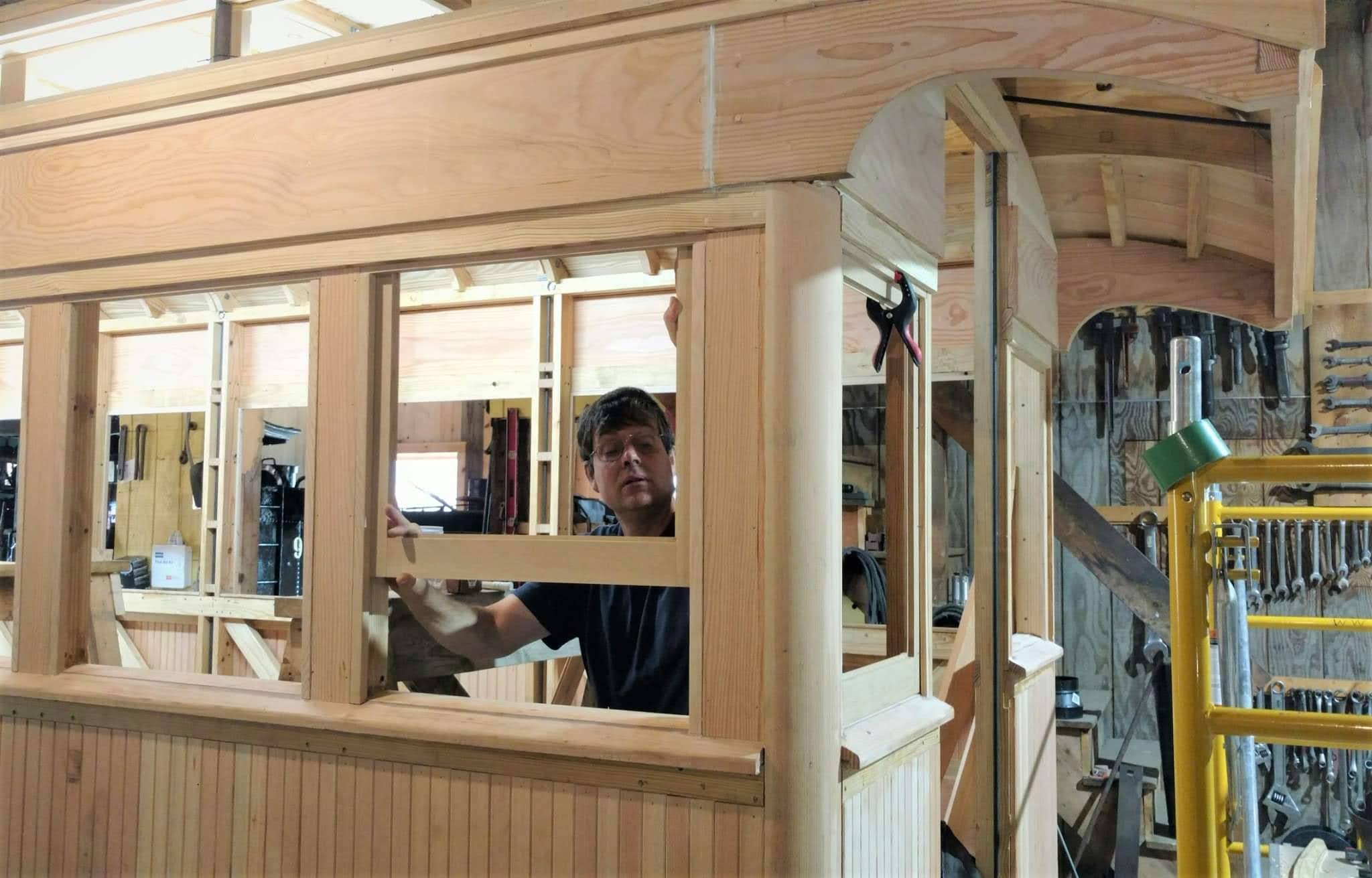
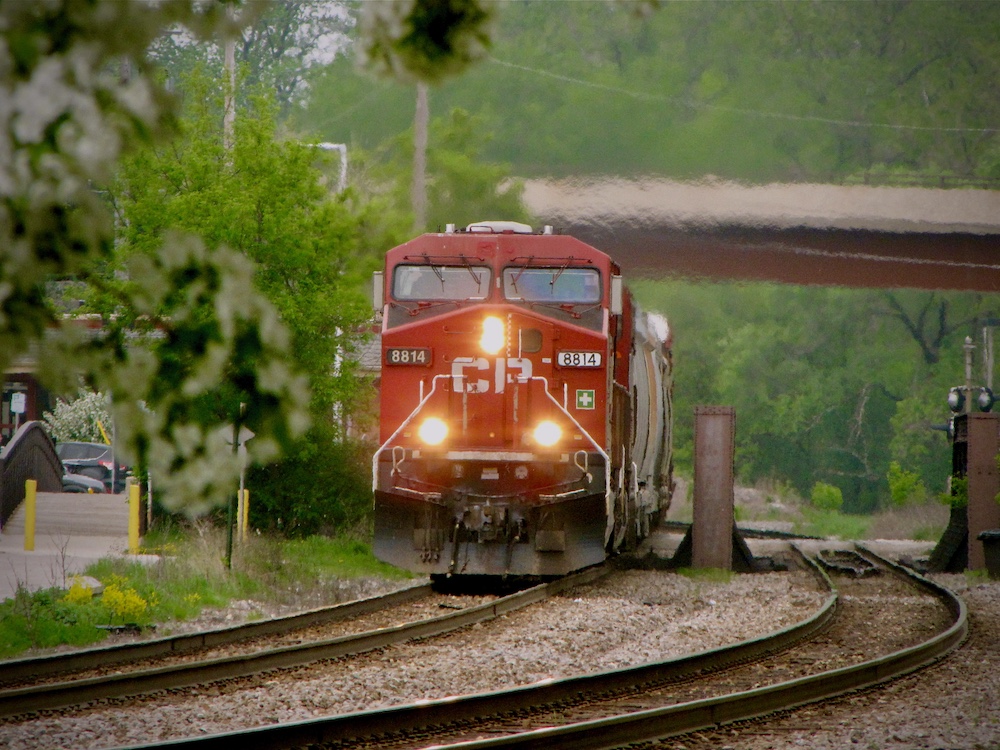
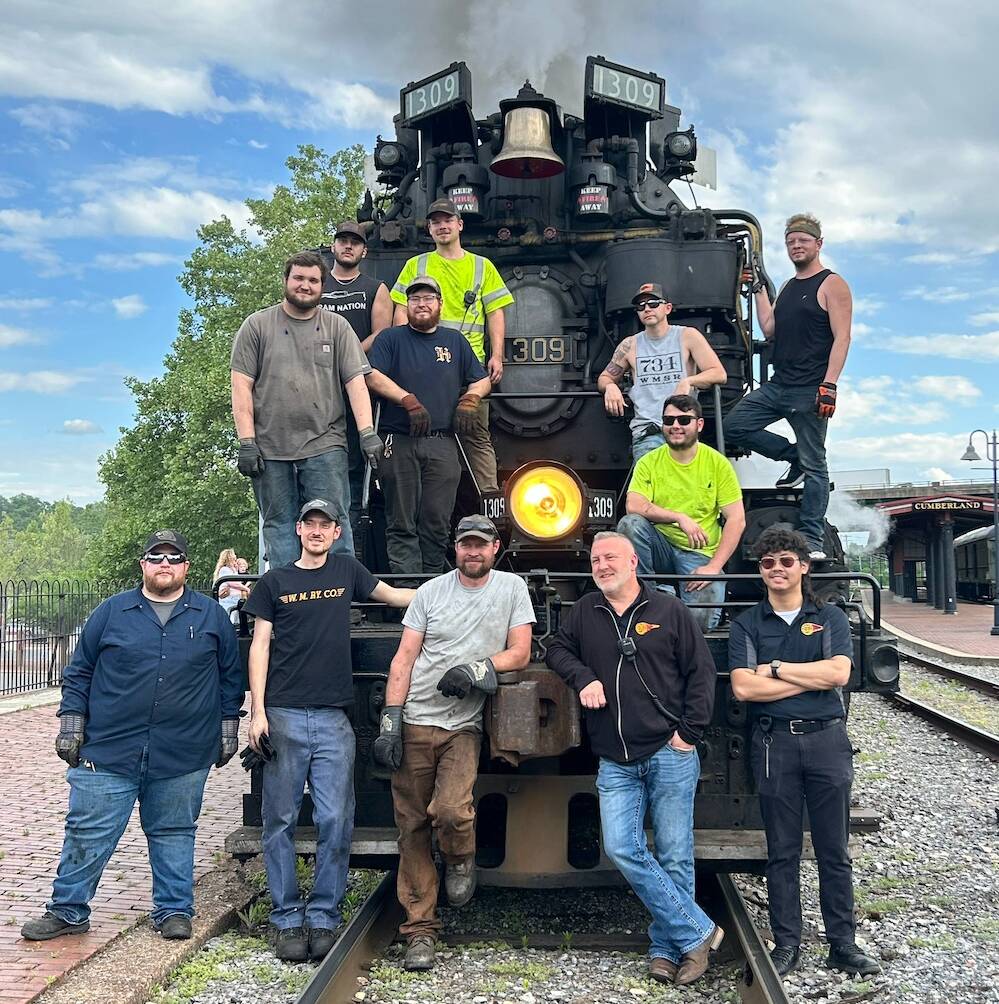
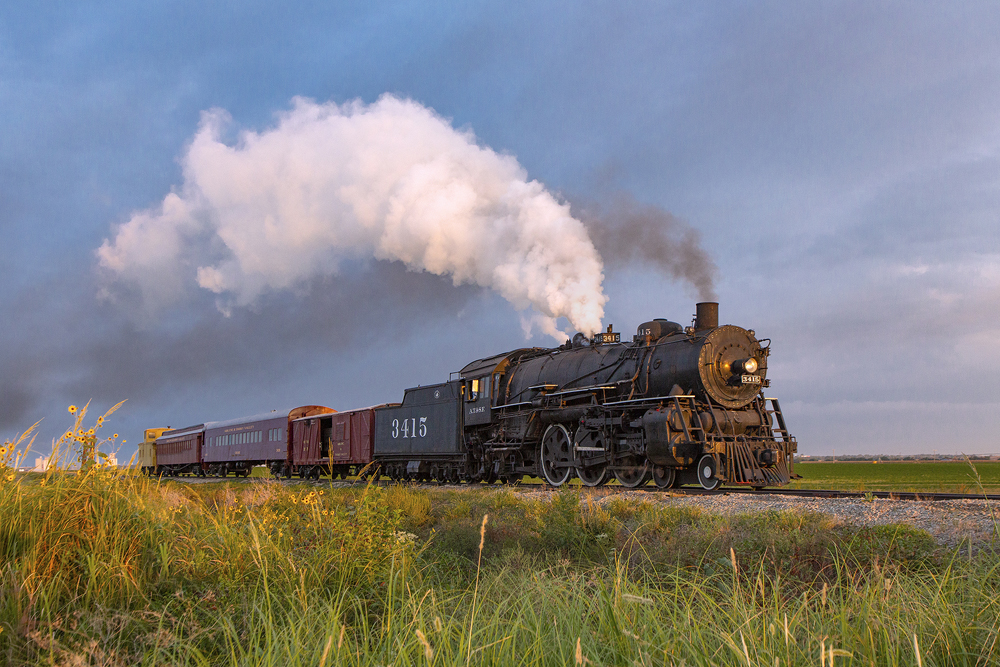




110 mph if they can keep the Chargers running….
In 1958, the Alton Limited (then operated by GM&O) left Chicago 11.45 AM, Bloomington 1.53 PM (2h 8 min) Springfield 2.53 PM (3h 8 min) Ar St. Louis 4.55 PM (5h 10 min)
110 mph running will be great until it’s put in the hole for some freight trains. Thank goodness for schedule padding.
“… great until it’s put in the hole for some freight trains.” Much agreed. My unpleasant experience with delaying Amtrak was back in 2003 on UPRR’s former SP Sunset route in the PRE-doubletrack days. My stepsister and her daughter were coming from VT (upstate NY station) via Amtrak to visit us, where I was to greet them at my telecom headquarters in Lordsburg, NM. The Omaha dispatcher, (who I was conveniently able to keep in touch with via our PBX phone system in my trackside MW radio office bldg.), opted to put their Amtrak train in the hole near my Aden, NM MW site ( 2 hours away) for FIVE HOURS in favor of various freight traffic, so we FINALLY got to greet them at midnight. The double tracking was finally completed around 2007-8 with complete reverse traffic, and I retired in 2010, so I ASSUME Amtrak has since been trouble free, delay-wise, at least in that part of the Sunset Region???
I might add with much sarcasm that even John Wayne’s Stagecoach did better time to Lordsburg. [eyeroll]
Great News!
#sohappytoliveinillinois
Responding to some comments, I have been on this route with the Superliner equipped Eagle doing 100 mph after speed was raised to 110. (I do not believe the Eagle is cleared for 110). Also note that many stations have been redone along the route including new builds in Alton, Carlinville, Bloomington, Joliet, etc. Ultimately, the entire route needs to be put back to double track in order to add many more frequencies or IDOT needs to purchase the line from UP and switch more of the freight traffic to UP’s Pana line. There is still a plan to switch the Joliet to CUS section to the former RI (currently on CN), but I am unsure it will save much time (idea is to avoid some diamond crossings). There is also the discussion above of the reroute along a different path through “downtown” Springfield which has been pushed by some well-connected locals. Ultimately it will not be as convenient for travelers and will not save any time. Probably could have appeased them simply by making the current route a no-horn zone.
I rode the GM&O in the mid 1960’s, mainly from Chicago to Springfield, but a little from Springfield to St. Louis. There was some territory where we went 90 mph.
I lived in central Illinois in the 1980s and 1990s and used to drive along those tracks to and from work between Gardner and Wilmington. Old Route 66 consists of two roads in that section with one on the west side and the other on the east side with the tracks in the middle. When the Amtrak trains went through I paced them a few times and they did run around 80 mph but were bouncing heavily. I rode them a few times and the fear of derailing filled my head a few times. I rarely saw any freight trains and even Amtrak was a rare sight. The line was not busy at all.
Just getting that route to a good state of repair must have needed a good sum of money.
I think that route is an example of minimum standards for all tracks in the USA just like the minimum speeds that one expects on an open highway.
When you allow state politicos to run the show, apparently all you get is but a 15 minute cut in the schedule. Regrettably, federal politicos and bureaucrats are oblivious re Illinois, just as they have been after the promise of the “Acela” cutting running time between NYC-Boston, but only marginally improving its schedule over the “Merchants Limited,” despite no engine change in New Haven.
Rather than keeping to the mantra of the day to run a true high speed service, state bureaucrats elected to increase the timecard by diverting off the UP onto the NS at Springfield for the purpose of serving a new depot in a vagabond area. The depot re-location is no longer conveniently on the ex-GM&O line through downtown Springfield, offering a quick walk to government, museum, and hotel buildings.
For reasons unknown, the state elected to ignore how the UP resolved an issue in downtown Reno, NV by dropping the tracks for passenger/freight into a trench, which also eliminated the need for incessant horn blowing through multiple grade crossings. Instead, Illinois spent millions to initially repair current depot on 3rd, with the intent on spending about $135M for its urban renewal depot project on 10th.
Although this Amtrak service depends upon the congested CN between CUS-Union Station-Joliet, whatever happened to the plan to avoid delays/slow running caused by the CN? The long-standing proposal was to connect from Union Station (CUS) to Metra’s Rock Island District via a flyover and near Joliet to utilize another flyover to connect with the UP A major unaddressed issue remains how fast/safe can Amtrak run over numerous angled grade crossings on this line through many neighborhoods, suburbs, and towns?
A key ingredient missing remains the lack of frequency, despite the higher speed and improved infrastructure. Making such an investment by any state/federal agency will never payoff if held to the same minimal schedule as afforded by the state. Instead, this route should be treated as Amtrak has evidenced in the Northeast Corridor by providing a high frequency of schedules not dependent upon limited state funding. Also missing to build volume is the need to operate run thru schedules between Chicago suburbs and connecting with other Midwest corridors (without changing trains in Chicago).
$1.96 B’s and twenty years to shave 15 minutes off the schedule.
Remember, the 110 mph is only PART of the route. (Ditto on the Wolverine service.) It would be great to have a map with the speeds of each segment.
No, $1.96B and twenty years to shave at least 30 minutes off. And close 39 crossings, upgrade dozens more, patch up slow orders, and (supposedly) improve reliability. We’ll see on that last part. I’m not sure if the new equipment is covered under that cost as well.
According to previous articles the 110 mph max is in effect from Joliet to Alton, with some permanent speed restrictions between. A map would be nice, maybe we’ll get that in a future feature article. I suspect most future improvements will be in the Chicago-Joliet portion of the route. It sounds like that’s the busiest piece.
If the T-1 project is ever finished this might be the perfect place for it to pull a passenger train at speed. One can only dream.
1. Does the Texas Flyer run at these new speeds over these sections of track?
2. How long is the route & how many miles are now at the 110 MPH speed limit.
The Texas Eagle is limited to 100mph as that is the top speed for the Superliner cars that make up the train.